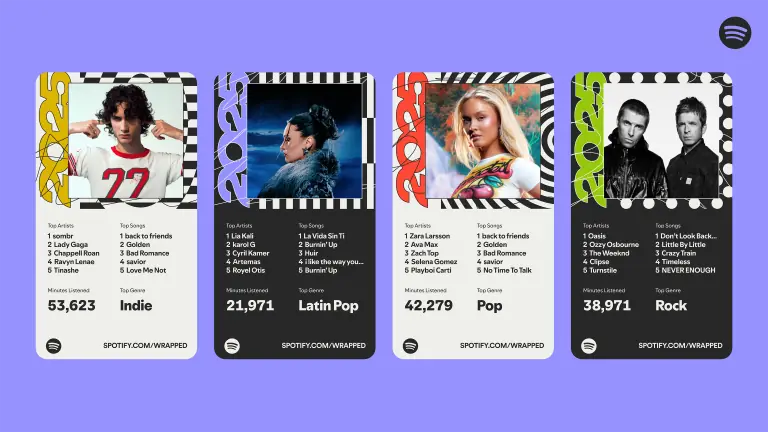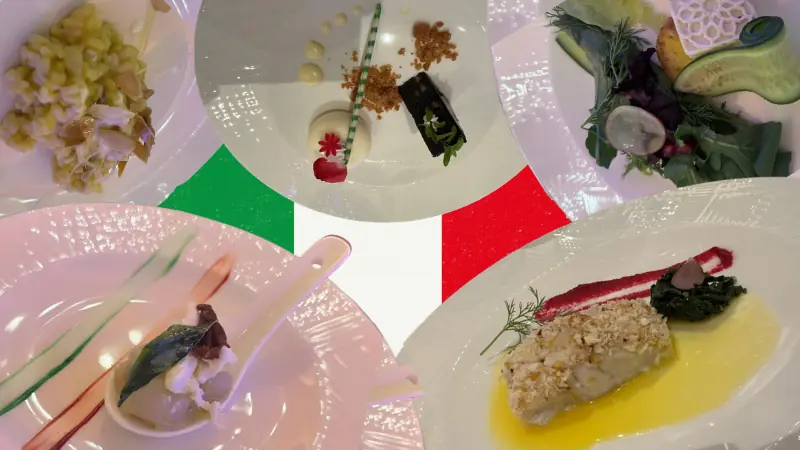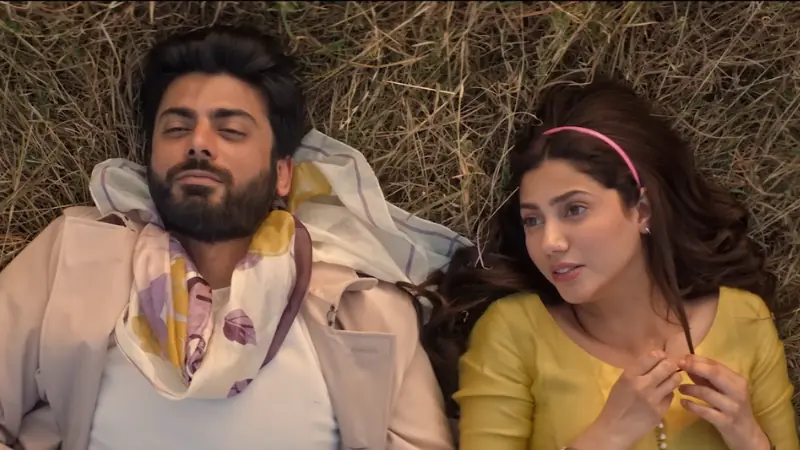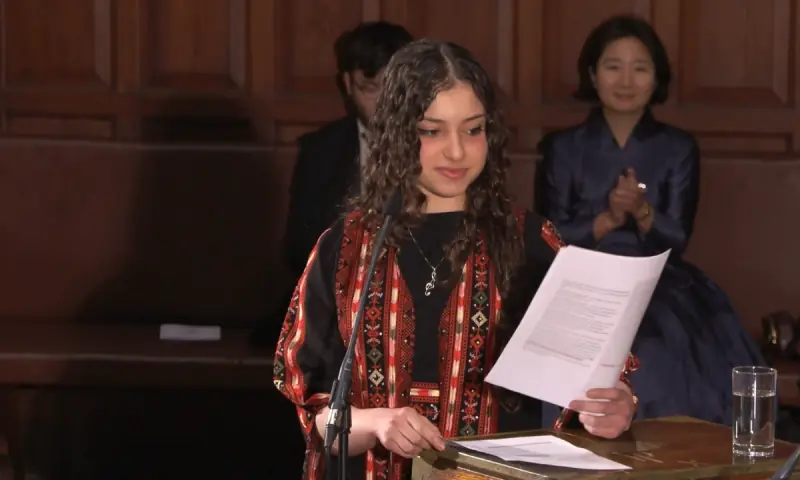Travel: Under the Balochistan sun
“What we are going to see is nothing special. It has become a popular spot because a famous Amreekan actress Magelina Bolee thought it resembled a beautiful shezaadi (princess). If I was a famous actress I could have also named something.”
So says the portly, cynical driver who's taking us through Balochistan to visit Hingol National Park. He doesn’t quite resemble a glamorous Hollywood actress, but he's been entertaining company nonetheless.
 |
Like insignificant ants, we tear through Hingol National Park’s coastal highway in search of what is billed as the most sublime of all the natural formations in Balochistan: The Princess of Hope.
As the driver, clearly not versed in the art of enchanting tourists, does his best to dampen our hopes for the princess, I gaze at the unfamiliar sites we're passing through.
Thinking back to the terrain we covered already, I have a funny feeling this trip into the heart of Balochistan is going to be something special...
Alone in the vastness
Under the gentle kiss of the warm afternoon sun in the middle of Balochistan’s bipolar winter, a few goats energetically bustle across the rocky terrain in search of water, yellowing vegetation, or whatever it is that gets goats frolicking.
 |
On our way to Hingol National Park on this trip organized by The Karachi Gliding Club, riding comfortably in a modern Japanese bus, our group of 25 Karachi-based tourists zips past the bouncing furry creatures with little care for the fact that they are the first living beings we have come across in quite a while.
Although we’ve only been in Balochistan for six hours, any preconceived notions I had had about the province have been left behind coughing in our dust. For one, I feel remarkably secure in the barren surroundings. For the other, the beautifully paved roads are unexpectedly flat, certainly flatter than the delicious parathas gorged on by our group at a secluded dhaba in the bone-chillingly cold hour of the morning.
 |
Knowing that Balochistan is the largest Pakistani province in terms of landmass, yet is only home to five percent of the nation’s teeming population, I certainly expected our journey to feel isolated.
Still, I wasn’t prepared for our small group to be larger than any other company of people we would encounter for most of the day. Only adding to this feeling of solitude is the absence of cellphone signals for the hundreds of kilometers that surrounded us.
This isolation embraces my soul with the peaceful essence of calmness. The deep blue sky, unsullied by the grey pollution that smears the Karachi skyline, adds to the naked beauty of our landscape.
 |
But the real stars of this earthy canvas are our rocky surroundings, which rise from the ground to imposing dimensions. These endless hills share deliciously earthy tones and are peppered with darker soil, as if they are nature’s version of an intense chocolate cake. In fact, it seems as if each hill we pass resembles a delicious dessert, or perhaps it has simply been a long time since breakfast?
Coming back to the Princess...
As we draw nearer to The Princess of Hope, I correct our driver: the actress he spoke of goes by the name of Angeline Jolie rather than Magelina Bolee.
He snorts.
Perhaps it is because our expectations had been lowered, but the Princess of Hope turned out to be an impressive sight at Buzi Pass. Wearing what resembles a heavy crown, the royal rock formation stares off haughtily into the horizon.
 |
 |
Eager to give her a closer examination – and normalize the blood flow in our legs – we use the opportunity to trek nearer to the tourist attraction. After a short hike, we finally come within spitting distance of the Princess, who as someone in the group joked, up close seems to have more in common with a ninja turtle than a princess. I suppose like all royalty, this princess carries her secrets.
In close proximity to the Princess is an uncanny looking sphinx that has been completely shaped by nature, and is every bit as impressive.
 |
Paying respects at Nani Mandir
Our next destination in Hingol National Park is Hinglaj Temple (Nani Mandir), which is considered to be one of the oldest temples in the world, and an important place of pilgrimage for the Hindu population in Sindh.
If our drive to Buzi Pass was a visual treat, then our journey towards the Makran Coast is an even greater feast for the eyes.
My imagination goes into overdrive as the hills grow more awe-inspiring with every passing minute. While the hills we encountered earlier in the day resembled confectionery, the ones close to the Mandir’s valley are similar to the scaly back of a century old slumbering dragon. The river complements these visuals with its clear sparkling water.
 |
As the temperature spikes up to uncomfortable levels, my only disappointment is that the national park is devoid of any wildlife.
Upon reaching the historic location my mind wonders about how its inhabitants will receive us in a nation where minorities are often sidelined. As it turns out, the Hindus at Nani Mandir take example from the goodness of their deity, Hinglaj Mata, and welcome us with open arms.
 |
 |
 |
The men are dressed in simple and clean shalwar kameez, while the women wear saris and their arms are covered in bangles. Here, we are offered a guided tour by the adults and sweets by the children.
The Hinglaj Mata temples are located in a sizable and picturesque canyon. As we walk between the temples and take in the red and gold decorated holy sites, I am struck by an aura of stillness, as if I am in the middle of an hour-long meditation. As if reading my mind, several strangers from our company echo similar thoughts. One half of a newly married couple remarks, “I am not a fan of holy sites, but I can’t help but feel there is something deep about this place.”
 |
We depart an hour after our stay. This is to the visible dismay of ours hosts, who are sorry to see us go, and attempt to bribe us with chai.
The final stop
Our final stop is back at the tiny dhaba. It is close to the beautiful Kund Malir desert beach we had visited in the morning to witness the orange sunrise in all its glory.
 |
Here we encounter over twenty weary Balochi men who have come here in their buses to wolf down some lunch. On offer are wonderfully fluffy rotis paired with steaming metal plates of mouthwatering murgh salan. The men running the dhaba wipe both sweat and dust from their eyes, as they rush around their establishment attending to their ravenous patrons.
Some of the customers wear turbans, while others boast magnificent freshly oiled moustaches, but all, including those with children, carry firearms.
These weapons hang by their side casually, like pet animals. One aging gentlemen in a dark shalwar kameez even takes the time to lovingly polish his gun, and I half expect him to place a saucer of milk next to it afterwards.
The gender ratio in our group is fairly even, and perhaps it is my imagination, but I notice some of the locals glance at our group with interest. In an effort to appear affable, I offer a smile at a little girl hiding shyly behind her father. This has the opposite effect however, and her father glares at the unusually dressed person from an alien city.
Our stomachs full, we slowly head back to Pakistan’s port city, where we ultimately congratulate the Karachi Gliding Club for successfully organizing such a grand trip. With so many of us traveling overseas it seems that few realize that mother nature has blessed us with majestic beauty closer to home.









